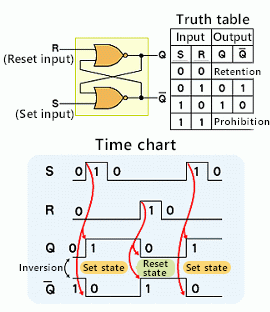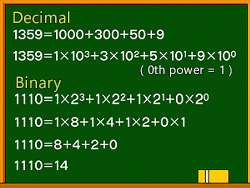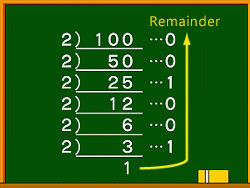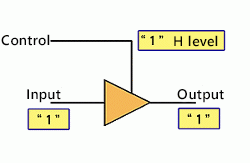- 型号 & 关键词搜索
- 交叉搜索
- 参数搜索
- 库存查询与购买
This webpage doesn't work with Internet Explorer. Please use the latest version of Google Chrome, Microsoft Edge, Mozilla Firefox or Safari.
请输入3个以上字符 Search for multiple part numbers fromhere.
The information presented in this cross reference is based on TOSHIBA's selection criteria and should be treated as a suggestion only. Please carefully review the latest versions of all relevant information on the TOSHIBA products, including without limitation data sheets and validate all operating parameters of the TOSHIBA products to ensure that the suggested TOSHIBA products are truly compatible with your design and application.Please note that this cross reference is based on TOSHIBA's estimate of compatibility with other manufacturers' products, based on other manufacturers' published data, at the time the data was collected.TOSHIBA is not responsible for any incorrect or incomplete information. Information is subject to change at any time without notice.
请输入3个以上字符
逻辑电路:RS触发器电路

RS触发器的“R”和“S”分别是“Reset”(复位)和“Set”(设置)的缩写。
要使触发器具有记忆功能,需要将输出状态反馈给输入端,从而保持输出状态。
当R和S都是“0”时,如果Q是“1”,则保留“1”,如果Q是“0”,则保留“0”。
Q存储“1”的状态称为设置状态,存储“0”的状态称为复位状态。
输出端有Q和Q,但是Q和Q之间的关系始终相反。
在真值表的运行条件中有禁止条件,但如果在该条件下使用,则无法确定下一个输出。
右下图是RS触发器电路的时序图。设置输入信号“1”设置为S时,输出端Q被设置。
此后,如果S和R都继续为“0”,则Q保持设置状态。
接下来,如果R变为“1”,则被复位,复位状态保留,直到输入信号再次被设置为S。
这样,RS触发器电路就具有将瞬时信号存储为数据的特性。
- 上一篇
- 14/14














